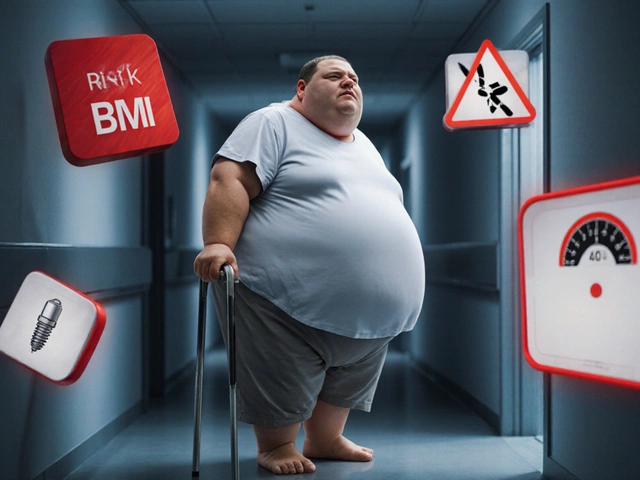Open-Heart Surgery Recovery: Essential Home Tips and Checklist
Just got out of the hospital after open-heart surgery? It can feel overwhelming, but you don’t have to figure everything out on the fly. Below is a down‑to‑earth guide that tells you exactly what to have ready, how to pace yourself, and which habits will keep complications at bay. Grab a pen – you’ll want to jot down a few things.
Home Setup Essentials
First, make your bedroom a recovery zone. A firm mattress with a pillow that supports your back and neck will help you sit up safely for breathing exercises. Keep a lightweight side table within arm’s reach for water, medications, and a phone.
Next, think about mobility. A sturdy walker or a rolling chair with armrests is a must for the first week. If stairs are in your house, ask a family member to stay on the same floor or set up a temporary bedroom on the ground level. Having a non‑slip bath mat and a raised toilet seat can prevent falls when you’re still weak.
Don’t forget the medical gear. Your surgeon will likely prescribe a pill organizer, a blood pressure cuff, and a pulse oximeter. Keep all of these on the side table so you can check numbers without getting out of bed. Also, stock up on easy‑to‑swallow foods – soups, smoothies, and yogurt – because your appetite may be spotty for a few days.
Daily Care & Lifestyle Tips
Start each morning with a short breathing routine. Sit up slowly, inhale through your nose for four counts, hold for two, then exhale through pursed lips for six. This simple exercise helps keep your lungs clear and reduces the risk of pneumonia.
Medication timing is critical. Set alarms on your phone for every dose and keep the pill organizer open on the bedside table so you can see what’s next. If you’re on blood thinners, avoid over‑the‑counter pain relievers that aren’t approved by your doctor.
Movement is your friend, but it has to be gradual. Walk a few steps every few hours, even if it’s just to the bathroom and back. Aim for 10‑15 minutes of light walking per day by the end of the first week, then slowly increase. Your surgeon may have given you a specific range‑of‑motion plan for arm exercises – do those exactly as written.
Stay hydrated. Aim for at least eight glasses of water a day unless your doctor says otherwise. Proper fluid intake helps your blood stay thin enough to move through the new sutures.
Nutrition matters, too. Focus on protein‑rich foods like boiled eggs, dal, paneer, and lean meat if you eat it. Vitamin C from citrus or amla can aid wound healing, while potassium‑rich bananas keep your heart rhythm stable.
Sleep is where most healing happens. Keep the room dim, limit screen time, and try to nap when you feel tired. A short 20‑minute nap in the afternoon can prevent fatigue without messing up nighttime sleep.
If you notice any warning signs – sudden shortness of breath, swelling in your feet, chest pain, or a fever above 100.4°F – call your doctor right away. These could signal infection or other complications that need prompt attention.
Finally, lean on your support system. Ask a family member to handle grocery runs, take calls, or simply sit with you for a few minutes each day. Emotional support reduces stress, which in turn helps your body heal faster.
Recovery after open-heart surgery isn’t a sprint; it’s a steady walk. By setting up a safe home environment, sticking to a simple daily routine, and watching for red flags, you’ll give yourself the best chance to get back to normal life without setbacks.





